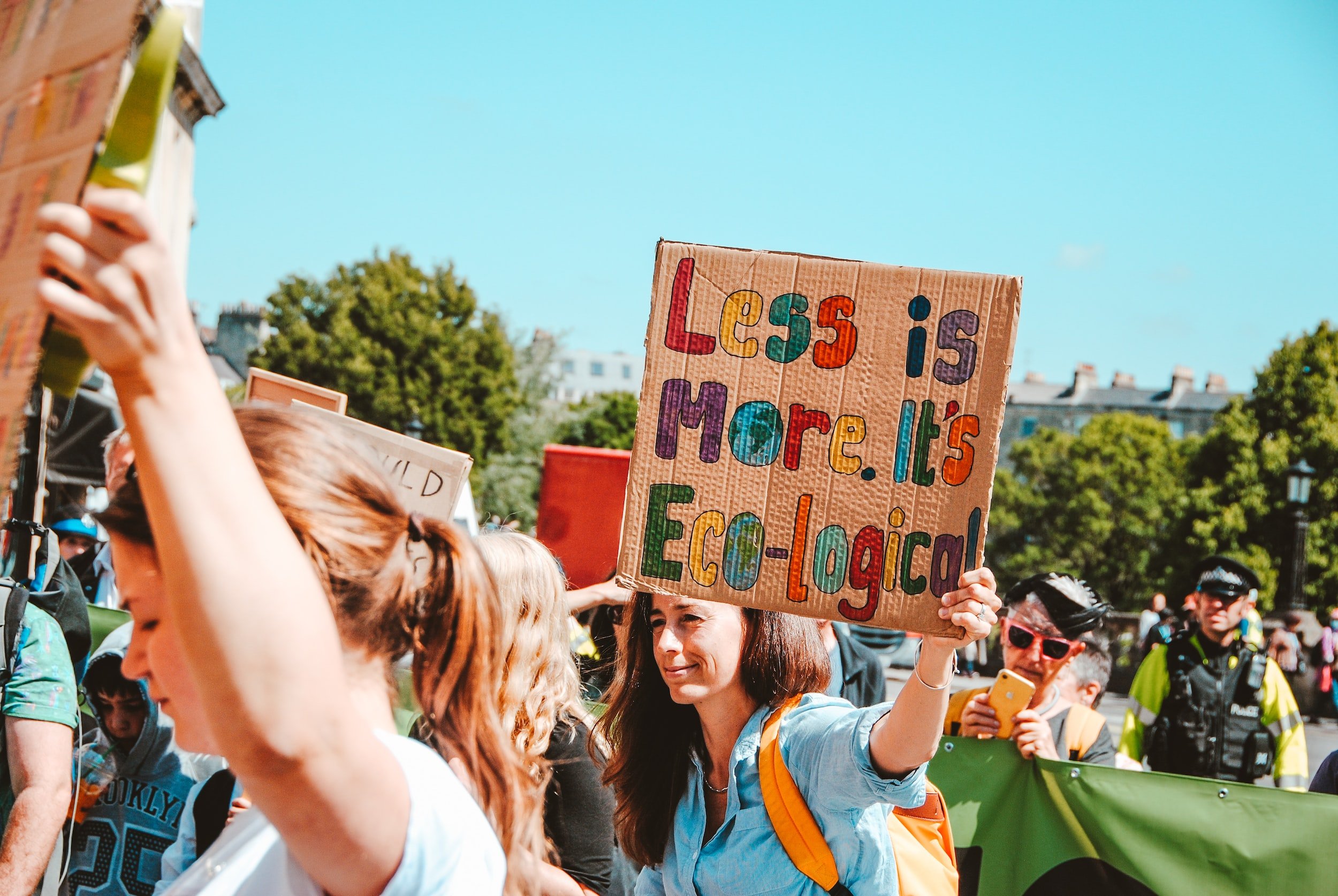COP27 is Coming Up - Here's Everything You Need to Know
This year marks the 30th anniversary of the adoption of the United Nations Framework Convention on Climate Change. COP27 will be one of implementation, not big decisions.
Written by Victoria Kent, Senior Investment Specialist
This information does not take into account your personal objectives, financial situation or needs. You should consider if the relevant investment is appropriate having regard to your own objectives, financial situation and needs.
From Nov 6th to 28th Egypt will play host to UNFCCC COP 27, in Sharm El-Sheikh.
COP stands for Conference of the Parties, and represents the UN's upcoming annual Climate Change Conference.
This year marks the 30th anniversary of the adoption of the United Nations Framework Convention on Climate Change. But in stark contrast to COP26, there hasn't been many brews hoo ha in the media about it. Why?
Because COP 27 is really an implementation COP. It's being seen as a year to make progress, but not a year for big decisions, as opposed to last year's COP 26 in Glasgow, Scotland.
In a time of global political tensions, food and energy security challenges, COP27 will bring governments together to accelerate global efforts to confront the climate crisis.
A refresher on the COP
COP is organised and run by the UNFCCC secretariat, the United Nations entity tasked with supporting the global response to the threat of climate change.
The UNFCCC has near universal membership (197 parties) and is the parent of the Kyoto Protocol (1997) and Paris Agreement (2015) and last year’s Glasgow Climate Pact (2021).
The conference brings key decision makers to the table for two weeks of talks to discuss their climate commitments, and work out ways for coordinating efforts to combat climate change going forward.
To understand its scale, you need only refer to last year's COP guest list of over 120 world leaders and over 40,000 registered participants, including 22,274 party delegates, 14.124 observers and 3.886 media representatives.
Essentially, the ultimate objective of UNFCCC's work is to stabilise greenhouse gas concentrations in the atmosphere to a level which will prevent dangerous human interference with the climate system, in a time frame which allows ecosystems to adapt naturally and enables sustainable development.
Image from UN Climate Change
What does this mean in practical terms? When the Paris Agreement was signed in 2015, 195 countries agreed to limit global warming to well below 2°C, and to pursue efforts to limit global warming to 1.5°C.
This agreement was reaffirmed last year in the Glasgow Climate Pact, and countries went a step further expressing “alarm and utmost concern that human activities have caused around 1.1 °C of warming to date, that impacts are already being felt in every region, and that carbon budgets consistent with achieving the Paris Agreement temperature goal are now small and being rapidly depleted.”
Countries recognized that the impacts of climate change will be much lower at a temperature increase of 1.5 °C compared with 2 °C. You can read more about the Pact here.
A phase-out not a phase-down of fossil fuels
190 countries (Australia not included) pledged to end coal: in a very contested decision, countries ultimately agreed to a provision calling for a phase-down of coal power and a phase-out of “inefficient” fossil fuel subsidies – two key issues that had never been explicitly mentioned in decisions of UN climate talks before, despite coal, oil and gas being the main drivers of global warming.
Many countries expressed dissatisfaction that this was not as ambitious as it should be.
Will the COP ever reach our shores?
The Australian government made an election commitment to co-host a future COP.
When asked recently which COP Australia will likely bid for, Dr Sally Box, Assistant Secretary - Climate Negotiations and Engagement Branch and UNFCCC Head of Australian Delegation, suggested that COP 31 would be the most likely candidate at this stage.



